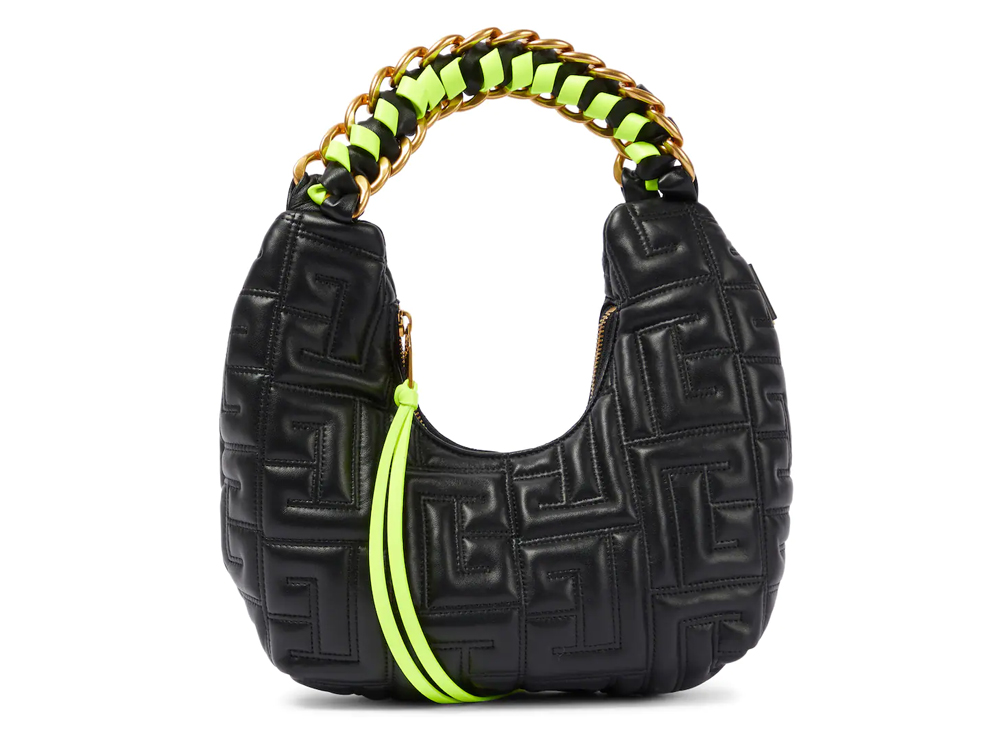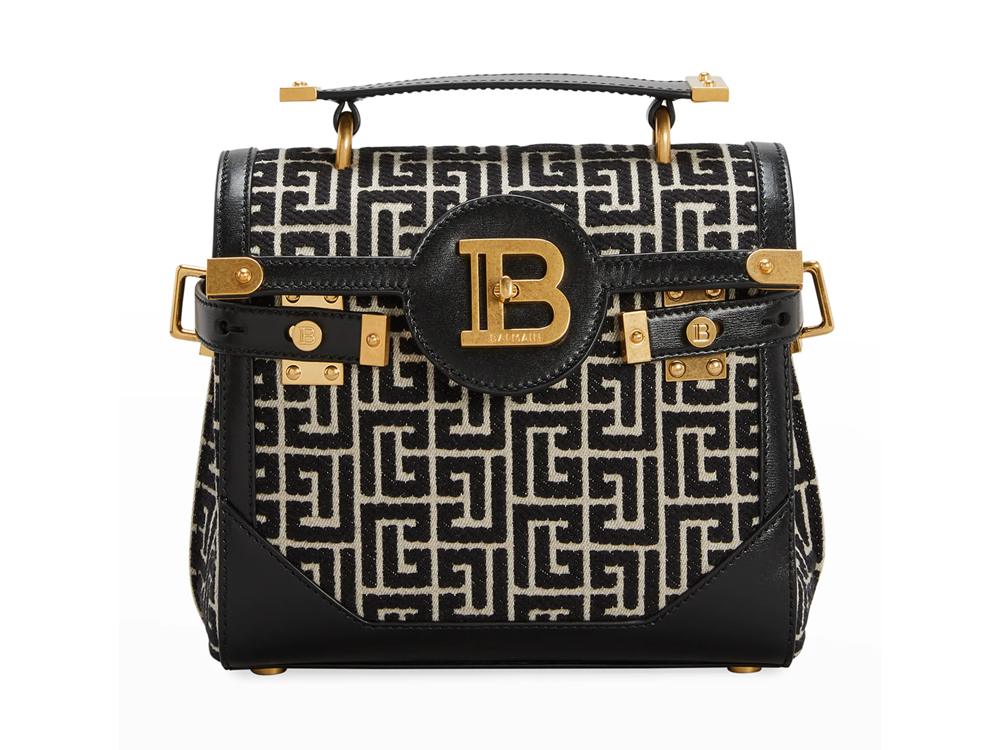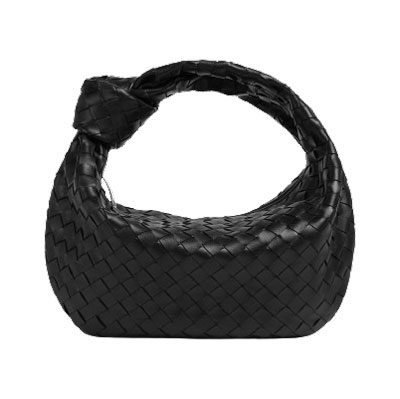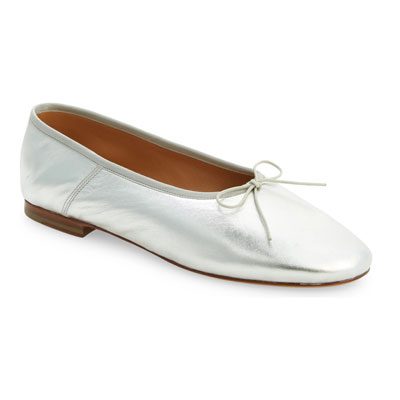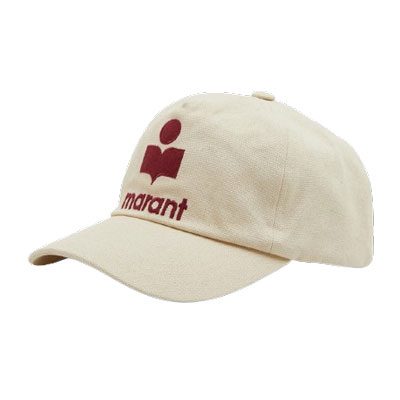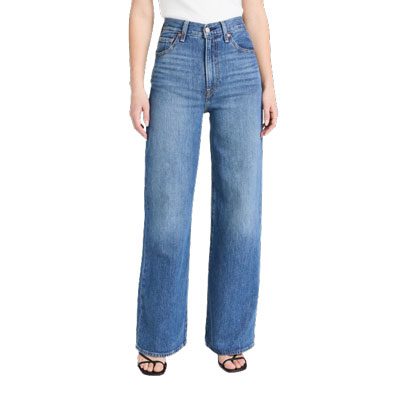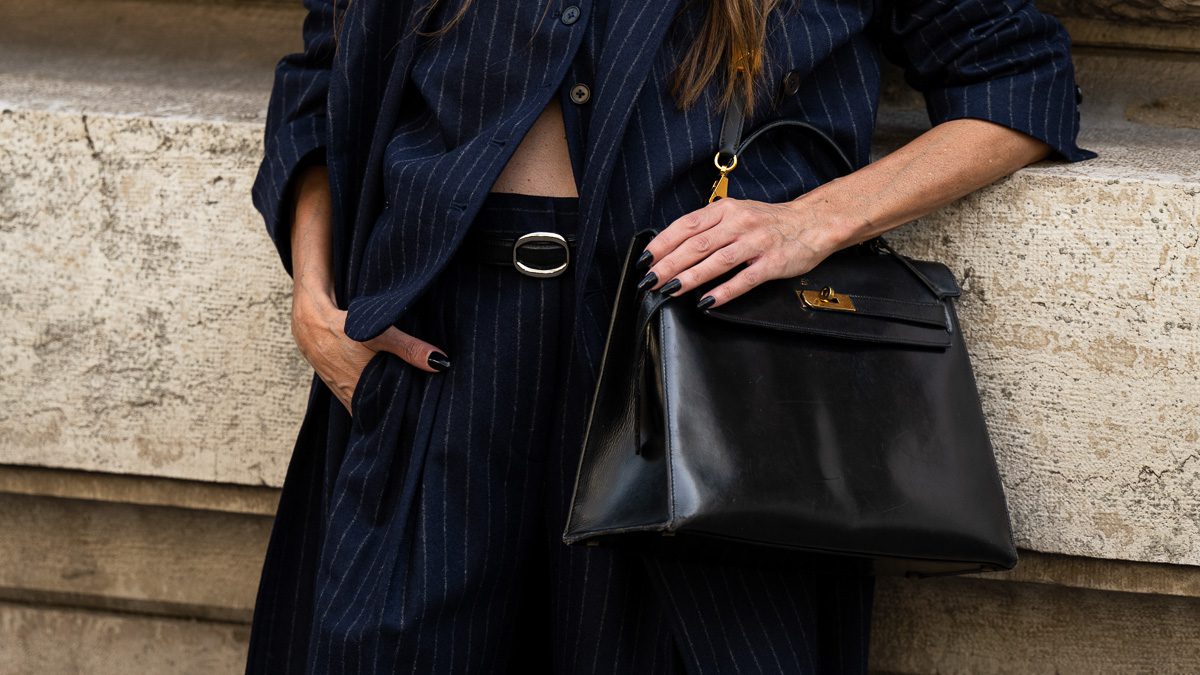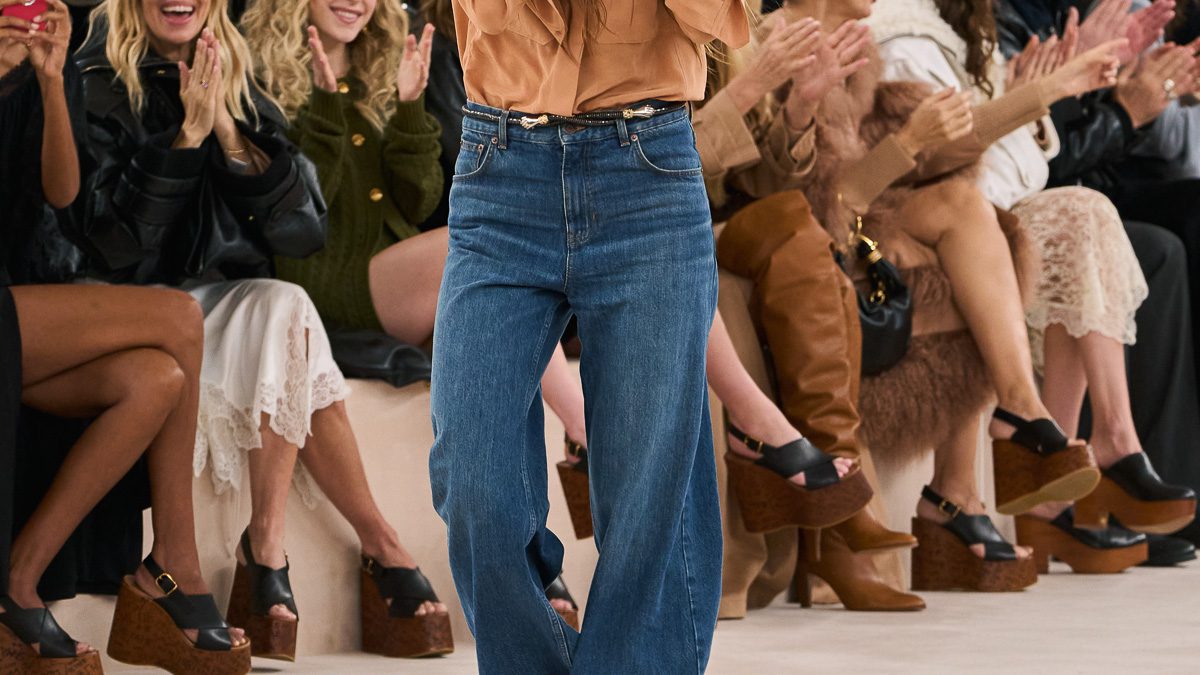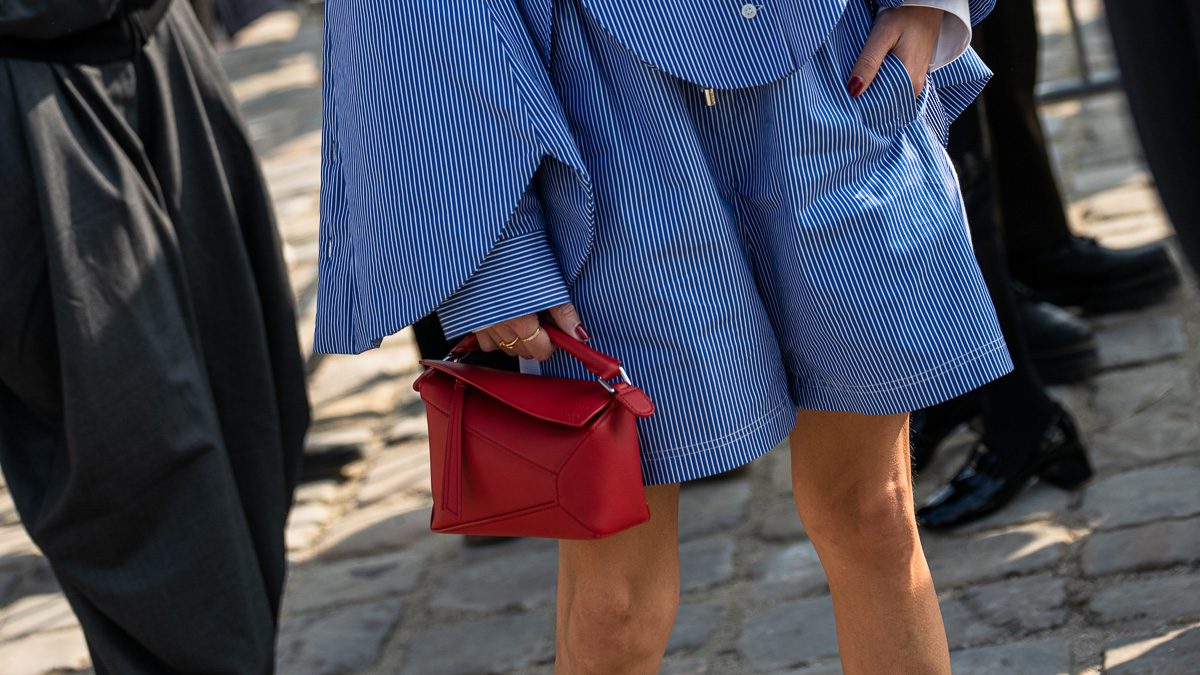How do you define high fashion?
It’s a seemingly simple question; everything luxury brands churn out counts, right?
The Oxford dictionary defines high fashion as “expensive, fashionable clothes produced by leading fashion houses.”
This raises a bunch of other questions, but primarily this: is high fashion just about clothes? Or do accessories fall under the term as well?
On the other hand, Merriam-Webster refers to it as “high style” and “haute couture.”
It is the latter definition that’s of interest to us. A French term by origin (the nation being widely regarded as the birthplace of haute couture), it literally translates to “high dressmaking” or “high sewing” – again referencing attire over accessories.
But most of today’s popular high fashion brands – from Yves Saint Laurent to Givenchy and Balenciaga – that started off as couturiers look nearly nothing like they did fifty-something years ago. Yes, high-end custom-fitted dresses remain an integral part of their ateliers. But in the name of modernization (and, of course, to survive competition), the bigger sales volume now belongs to more mass-produced accessories, like handbags and shoes. And how quickly the brands adapt to these afoot changes determines their financial success.
However, their transitions have been far from seamless. In the 50s, when prêt-à-porter was fast-replacing traditional couture, Chanel (yes, THE house of Chanel) is said to have relied solely on the success of its No. 5 perfumes to remain liquid. Many others fell into a state of near-bankruptcy or, worse, obscurity.
And it is perhaps only owing to certain visionaries that they have been able to move into the modern age. The likes of Karl Lagerfeld and Tom Ford have changed the way we’ve perceived certain brands forever. In the process, they’ve defined a new era for luxury brands, one where the Creative Directors have the certain star power to make these fledgling historic brands “it” again by distilling their DNAs to cater to newer audiences.
Today, we speak of a brand that made its presence known among society’s elite soon after its conception but took quite a while to catch up to the times. And now that it has been under its newest creative direction, there’s no looking back. So, without further ado, let’s dive into Balmain Paris!
The history of Balmain: head-to-head with eminent designers
Post-WWII Europe was ripe grounds for fashion designers like Christian Dior, Lucien Lelong, and Nina Ricci. And Pierre Balmain saw his place among these legendary figureheads of style. Hailing from a family of dressmakers, Pierre’s mother took the helm of their boutique after her husband passed away. At the same time, their children were young, and her elaborate outfits served as inspiration for Pierre upon his graduation from the Ecole des Beaux-Arts in 1933. Soon, Balmain was working under Robert Piquet, Givenchy, Dior, and Lelong (where one of his dresses became a bestseller) before establishing his own namesake brand in 1945.
His collection debuted in October of 1945, two years before Dior conceived the ‘New Look,’ and with this inaugural assortment, he aimed to give back to the world what it had lost during the war. So, out went the severe cuts and stern utilitarianism. In came ostentatiously large bell skirts with cinched waists and bold signature tailored jackets – audacious, yet refined and feminine. By 1947, Balmain’s influence spread all across the globe, and he personally undertook visits to the US and Australia for promotional purposes. And his muses were just as cosmopolitan – from the Duchess of Windsor to Hollywood’s Golden Age divas, like Marlene Dietrich, Katherine Hepburn, and Brigitte Bardot – all swore by his outfits. In 1960, he notably was chosen to design the wardrobe for Queen Sirikit of Thailand’s US tour.
But besides his star power, he had a strong vision for the Balmain woman – his “Jolie Madame” design, conceived in the 40s, continues to be reflected in the brand’s uber-popular tailored jackets to date!
The intermediate years: a shift in Balmain’s aesthetic
While haute couture appeared to be waning, Balmain’s popularity remained strong – even after his passing in 1982 from liver cancer. The business was taken up by his partner in business and in life, Erik Mortensen, who built upon Pierre’s completed sketches for his final fall collection, and continually adapted to the evolving needs of the buyers of couture, winning several awards in the process. But by the end of his tenure in 1990, Balmain appeared to be losing relevance. Its helm was passed on to various lesser-known designers until, in 1993, fashion-legend, Oscar de la Renta, was appointed as the brand’s head couturier.
De la Renta made history as the first American to design for a historic French couture house. The challenge he faced immediately upon appointment was that the brand hadn’t managed to sell a single couture piece in two years. While he brought no significant changes to Balmain’s original style codes, he shifted emphasis to custom-made eveningwear, which became a big hit among the party-going crowds of the 1990s. And although his stint ended in 2002, he took home lessons about tailoring outfits that remain apparent today in his eponymous brand in New York.
All that changed, however, with Christophe Decarnin’s arrival at the brand in 2006. Diverting all energies towards ready-to-wear, the new Creative Director designed some of the flashiest – and the most outrageously priced – pieces in the market. Essentially, these were ready-made clothing geared towards the moneyed couture buyers of the previous decades that were given an era-appropriate treatment of bling.
Some people found the excess of maximalism rather brash. But this was also the time to be showy, and the period, albeit displaying a clear deviation from Pierre Balmain’s vision, truly defined the Balmain aesthetic for years to come. This tremendous force of Balmain fanatics came to be known as “Balmania” and revived the once-fledgling couturier from threats of bankruptcy and obsolescence.
The rebirth of Balmain… and its handbags!
What, or rather, who truly ushered the brand to the present day, however, was Olivier Rousteing.
Having arrived at Balmain from Roberto Cavalli at just 25 years of age in 2009, firstly under Decarnin, and later becoming the Creative Director in 2011, Rousteing added another feather to Balmain’s crown – that of becoming the first heritage Parisian house to have a Black lead designer. And his flamboyance, building upon the original reputation of Decarnin, quickly defined a luxury-rock aesthetic for Balmain that took the edginess and S& M-vibe of contemporaries, like Alexander McQueen and Alexander Wang, to an elite audience.
Despite being young and, as he proclaimed himself, having a tough time finding footing in the new position, Rousteing was able to amass what has since become known as the “Balmain Army,” consisting of the likes of Beyoncé, Gigi Hadid, and the Kardashian-Jenner clan, all ardent fans of his skin-tight shredded jeans, crystal jackets, power blazers, second-skin body-con dresses, and leather pants. The exorbitant prices continued – a tPFer in this thread professes her love for the house’s Ultimate Pin Jacket retailing for $25,000!
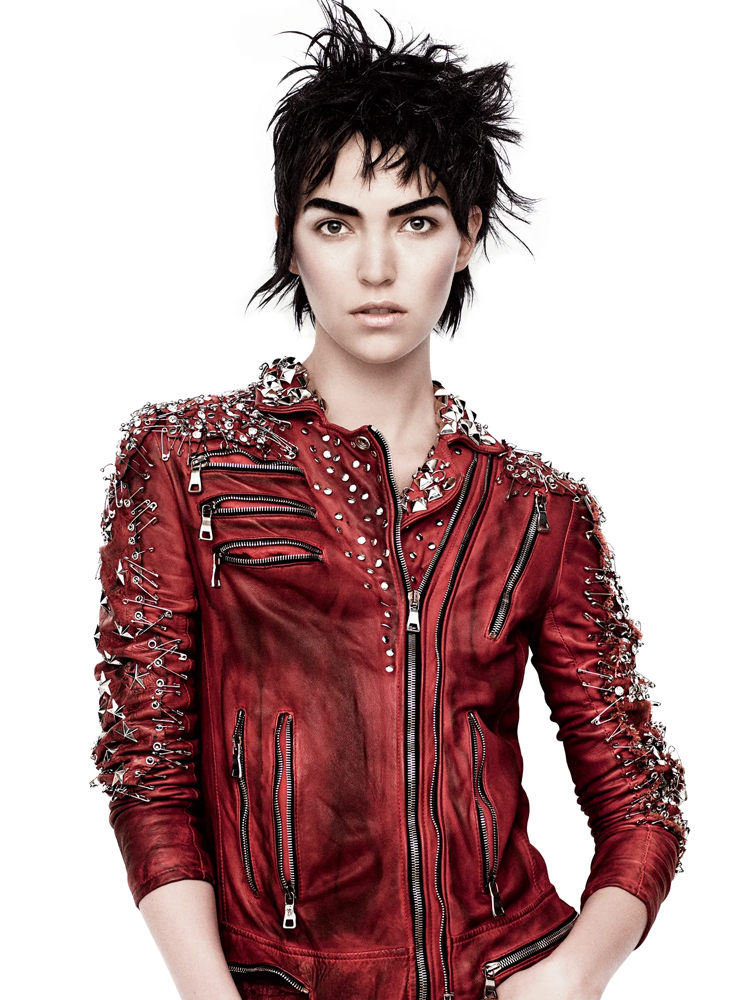
What Rousteing differs from Decarnin in, however, is that despite having a “more-is-more” approach, his designs don’t hesitate to reference the brand’s archive and experiment with them. From using conservative fabrics, such as tweed, in neon colorways, to introducing corsetry, quilting, and even hardware, nothing is off-limits as far as his showmanship is concerned. As a part of that, he was one of the first designers to use “non-traditional” means of promotion like Instagram (unthinkable!). At the same time, he also expanded the brand’s collection to encompass a more permanent collection of accessories.
And that brings us to Balmain’s handbags. It’s not like the brand previously didn’t have a line of purses – there was a flap bag in the Ultimate Pin collection – but none that could be associated with the brand in any meaningful way. In 2017, Rousteing began to incorporate handbags into the mix, introducing styles like the BBuzz and even devising a collaboration with Cara Delevingne to create the Twist, the Romeo, and the Disco bags.
But arguably, none became as popular as the 1945 collection. Featuring several functional silhouettes, like a three-way clutch, a practical shopper, and a soft hobo, the 1945 collection features “PB” printed jacquard representing the founder’s initials in a labyrinthine pattern playing on Pierre Balmain’s fascination with maze-like Renaissance-era gardens. And all that is finished in striking vintage gold hardware and leather trims – a neat little package for lovers of all things monogrammed!
Barbiecore – an unexpected culmination of Balmain’s vision
If there’s one word that describes today’s Balmain perfectly, it’s eccentric. The New York Times called it “an acquired taste,” and it’s easy to see why. Besides creating landmark developments in clothing and accessories, Rousteing launched an entertainment and innovation division to the brand called Wonderlabs, with which Balmain became one of the first luxury brands to enter the fashion metaverse of NFTs.
But did you know that the burgeoning trend of Barbiecore, i.e., all things hot and pink, was actually a brainchild of Rousteing’s? Yes, in January this year, the designer launched a 50-piece collection alongside three NFTs, all taking inspiration from Barbie’s world but made to suit everyday wearers!
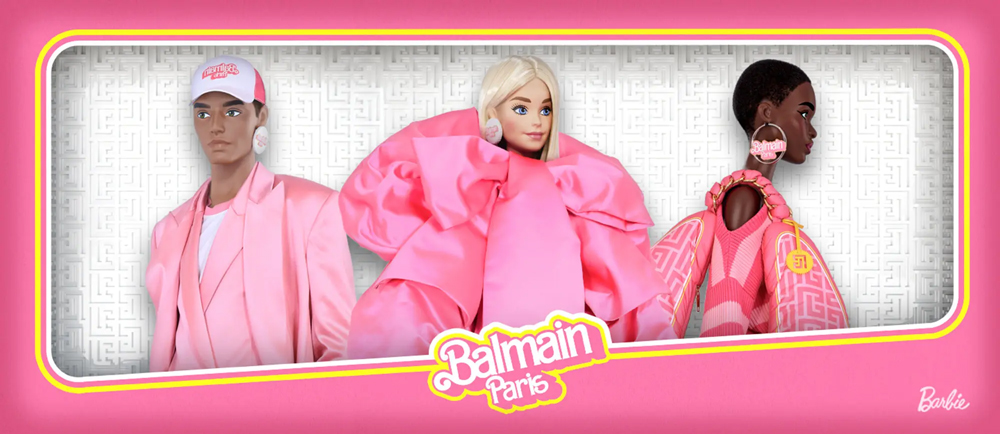
Needless to say, the treatment has been extended to its handbags too, launching pink leather versions of the 1945 Clutch, Hobo, and Shopper, all with thick, pillow-like quilting and featuring the brand’s logo in characteristic Barbie-font that’ll surely have you digging into your wallets out of sheer nostalgia! And the best part about the collection is that all the pieces are completely androgynous – just like Barbie’s world has no rules regarding gender roles and stereotypes, Rousteing’s new collection allows you to seamlessly switch between Barbie and Ken outfits! And to make the line stand out even more, the Neiman Marcus boutique in Dallas came up with an entire Barbie-themed pop-up to showcase the collection! Of course, Greta Gerwig’s Barbie film is an influence, but now you know how the trend entered the realm of fashion!
So, do we now have an answer to the question we posed in the beginning – what constitutes high fashion? Well, the truth is, the definition of high fashion is fluid; it moves with the times and attains new meaning in each timeline. In Balmain’s instance, high fashion may initially have been all about haute couture and structured silhouettes. But now, the movement has undoubtedly been towards more wearable, gender-neutral pieces that still uphold the brand’s DNA.
And as it turns out, high fashion isn’t just limited to attire – anything and everything (for us, of course, that means purses) can be a signifier of high style. Balmain’s 1945 handbags are an excellent example – not outrageously priced, but just right to appeal to those who recognize their value. And something tells me that as long as Rousteing is in charge, the brand will keep redefining high fashion and moving ahead with the times to bring to us newer offerings that might as well be eccentric to the masses but just right to the select few with impeccable taste.
So, would you consider yourself a part of the Balmain Army?

